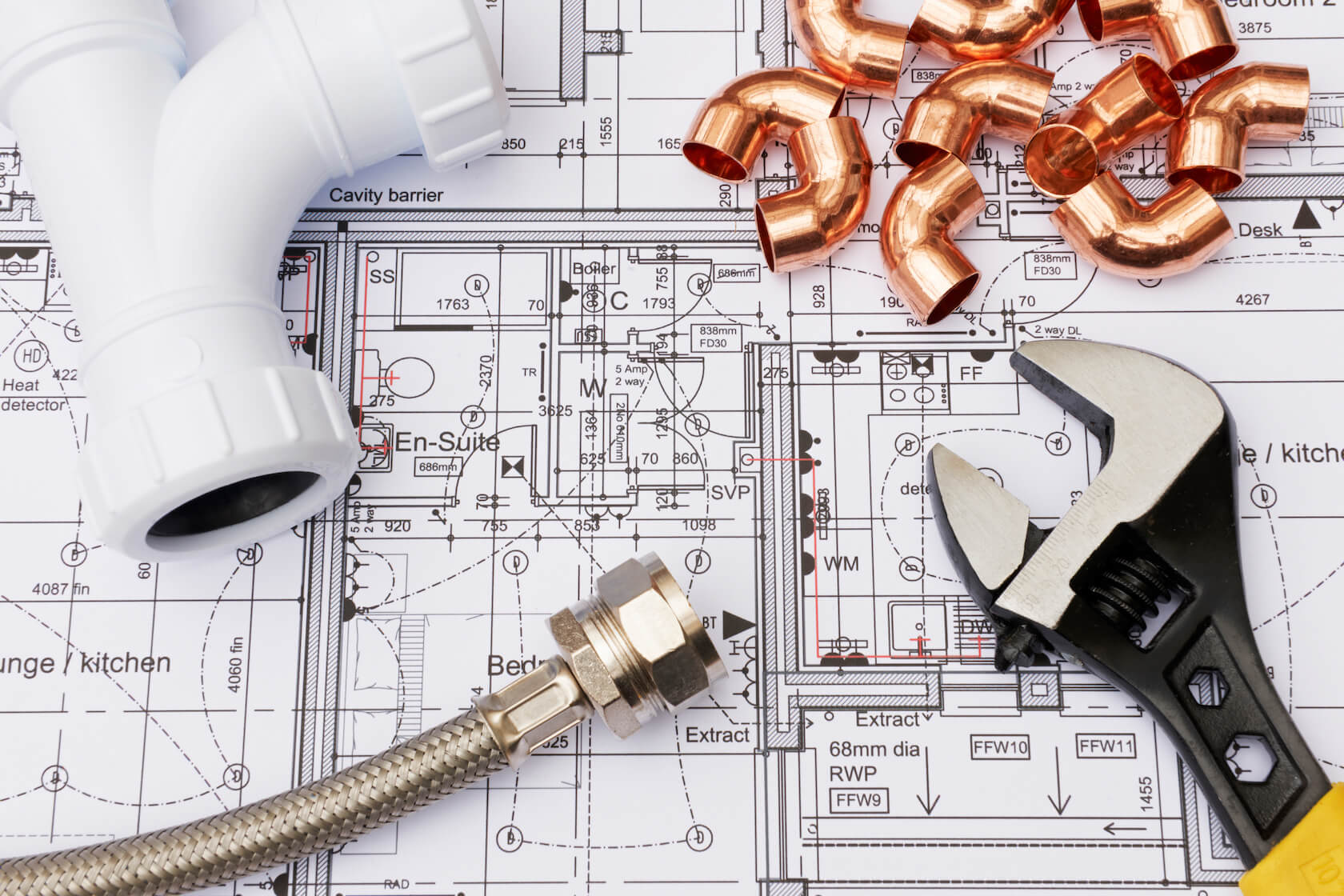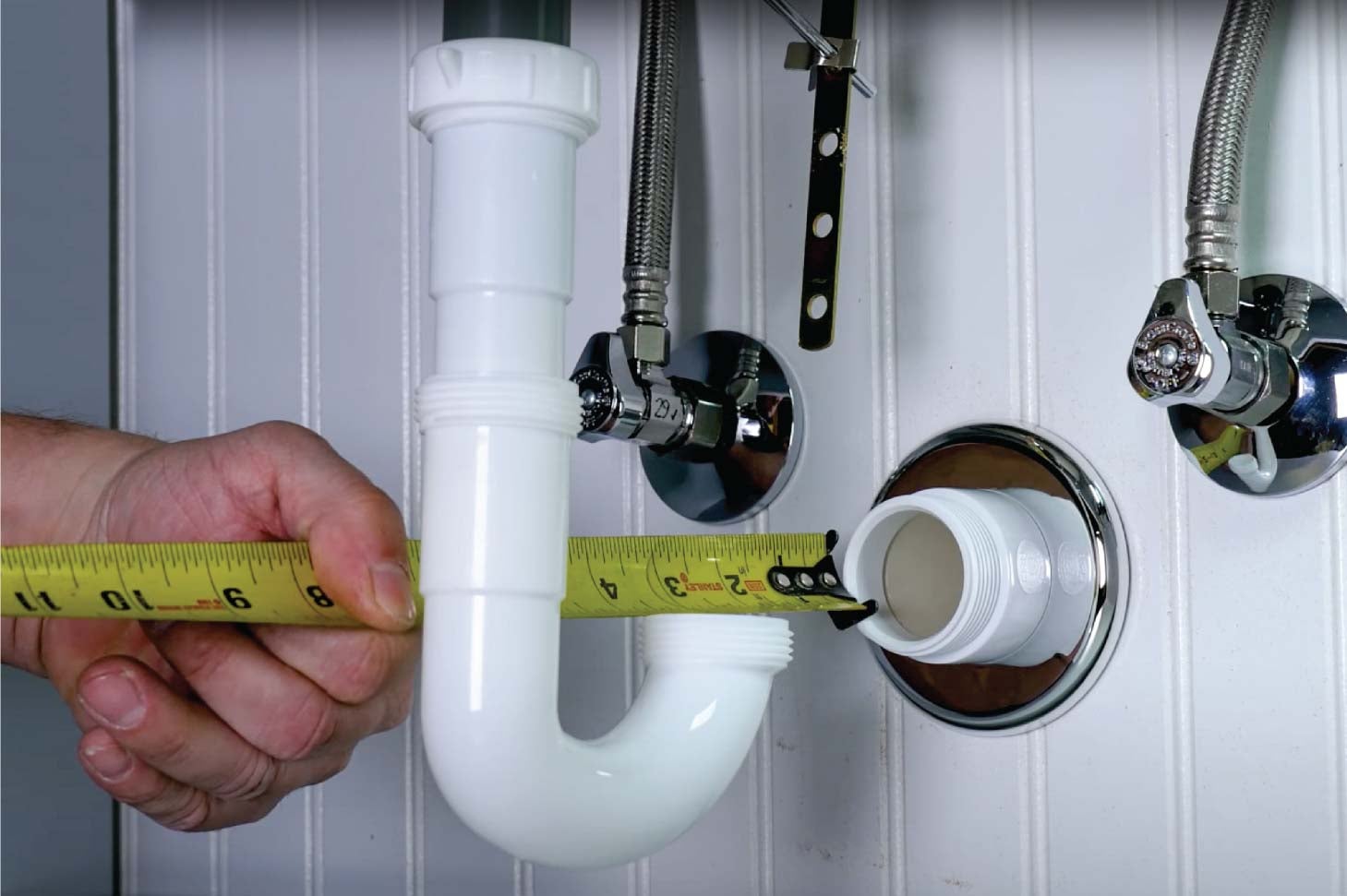Examining Your Property's Plumbing System Anatomy
Examining Your Property's Plumbing System Anatomy
Blog Article
Are you currently on the lookout for tips about Exploring Your Homes Plumbing Anatomy?

Understanding how your home's plumbing system functions is necessary for every single homeowner. From delivering clean water for alcohol consumption, food preparation, and showering to securely getting rid of wastewater, a well-maintained plumbing system is essential for your household's health and wellness and convenience. In this detailed overview, we'll check out the complex network that composes your home's pipes and deal pointers on upkeep, upgrades, and handling common issues.
Introduction
Your home's plumbing system is more than just a network of pipes; it's a complex system that ensures you have access to clean water and efficient wastewater elimination. Recognizing its parts and just how they interact can aid you protect against pricey fixings and make certain every little thing runs efficiently.
Standard Parts of a Plumbing System
Pipes and Tubes
At the heart of your pipes system are the pipelines and tubes that bring water throughout your home. These can be constructed from numerous products such as copper, PVC, or PEX, each with its benefits in regards to sturdiness and cost-effectiveness.
Fixtures: Sinks, Toilets, Showers, etc.
Fixtures like sinks, toilets, showers, and bath tubs are where water is made use of in your house. Comprehending how these fixtures attach to the pipes system assists in identifying problems and planning upgrades.
Shutoffs and Shut-off Factors
Valves control the circulation of water in your pipes system. Shut-off shutoffs are essential during emergency situations or when you require to make repair services, allowing you to isolate parts of the system without interfering with water flow to the whole residence.
Water System System
Main Water Line
The main water line attaches your home to the local water supply or an exclusive well. It's where water enters your home and is distributed to various components.
Water Meter and Pressure Regulator
The water meter actions your water use, while a pressure regulatory authority makes sure that water flows at a secure stress throughout your home's plumbing system, avoiding damages to pipelines and fixtures.
Cold Water vs. Warm water Lines
Comprehending the distinction in between cold water lines, which supply water straight from the primary, and warm water lines, which bring heated water from the hot water heater, helps in repairing and planning for upgrades.
Water drainage System
Drain Pipes and Traps
Drain pipes lug wastewater far from sinks, showers, and bathrooms to the sewage system or sewage-disposal tank. Traps stop sewer gases from entering your home and additionally trap particles that could create clogs.
Air flow Pipes
Air flow pipes enable air right into the drain system, protecting against suction that might reduce drainage and trigger catches to empty. Appropriate air flow is vital for maintaining the stability of your pipes system.
Significance of Correct Drainage
Making sure proper drain protects against backups and water damages. Regularly cleaning up drains pipes and maintaining catches can prevent costly repair services and expand the life of your plumbing system.
Water Heater
Sorts Of Water Heaters
Hot water heater can be tankless or typical tank-style. Tankless heaters warm water as needed, while tanks keep warmed water for immediate use.
Updating Your Pipes System
Reasons for Upgrading
Updating to water-efficient components or changing old pipes can enhance water top quality, reduce water bills, and boost the worth of your home.
Modern Plumbing Technologies and Their Advantages
Check out modern technologies like clever leak detectors, water-saving bathrooms, and energy-efficient hot water heater that can conserve cash and reduce environmental effect.
Expense Factors To Consider and ROI
Compute the upfront costs versus long-lasting cost savings when taking into consideration pipes upgrades. Many upgrades pay for themselves with minimized energy costs and less repairs.
How Water Heaters Connect to the Plumbing System
Comprehending exactly how hot water heater link to both the cold water supply and warm water circulation lines aids in detecting concerns like not enough warm water or leakages.
Upkeep Tips for Water Heaters
Regularly flushing your water heater to remove sediment, checking the temperature settings, and inspecting for leaks can extend its lifespan and improve energy efficiency.
Usual Pipes Problems
Leaks and Their Causes
Leaks can occur due to aging pipelines, loosened installations, or high water stress. Attending to leakages quickly avoids water damage and mold growth.
Obstructions and Clogs
Obstructions in drains pipes and bathrooms are frequently caused by flushing non-flushable things or a build-up of oil and hair. Utilizing drain screens and bearing in mind what drops your drains pipes can avoid clogs.
Signs of Pipes Issues to Look For
Low water pressure, slow-moving drains pipes, foul odors, or uncommonly high water bills are signs of possible pipes problems that should be resolved quickly.
Plumbing Upkeep Tips
Routine Evaluations and Checks
Schedule yearly plumbing inspections to capture problems early. Look for indicators of leakages, corrosion, or mineral build-up in taps and showerheads.
DIY Upkeep Tasks
Basic tasks like cleansing faucet aerators, checking for commode leaks making use of color tablets, or shielding subjected pipes in chilly climates can protect against significant plumbing concerns.
When to Call a Professional Plumbing Professional
Know when a plumbing concern requires specialist competence. Attempting intricate repair work without correct understanding can lead to even more damage and greater repair service prices.
Tips for Decreasing Water Usage
Straightforward habits like dealing with leakages promptly, taking much shorter showers, and running full tons of laundry and meals can conserve water and lower your energy bills.
Eco-Friendly Pipes Options
Consider sustainable plumbing products like bamboo for floor covering, which is durable and green, or recycled glass for countertops.
Emergency situation Preparedness
Actions to Take Throughout a Plumbing Emergency situation
Know where your shut-off valves lie and just how to turn off the water system in case of a ruptured pipe or significant leakage.
Significance of Having Emergency Situation Contacts Handy
Maintain call information for regional plumbers or emergency solutions conveniently offered for fast response throughout a pipes crisis.
Environmental Impact and Conservation
Water-Saving Fixtures and Home Appliances
Setting up low-flow faucets, showerheads, and bathrooms can dramatically lower water usage without compromising efficiency.
Do It Yourself Emergency Situation Fixes (When Appropriate).
Short-term fixes like utilizing air duct tape to spot a dripping pipe or placing a container under a leaking tap can decrease damages till a specialist plumbing professional shows up.
Verdict.
Recognizing the makeup of your home's pipes system encourages you to preserve it successfully, conserving time and money on repair work. By following regular upkeep regimens and remaining notified concerning modern plumbing technologies, you can guarantee your pipes system runs successfully for years to come.
HOW YOUR PLUMBING SYSTEM WORKS
Which Pipes Do What?
Blue lines = fresh water supply entering the building Red lines = hot water supply entering the building Grey lines = pipes carrying waste away from the building and venting pipes carrying gases away from the building (through the roof) YOUR MAIN PLUMBING SYSTEMS
There are two main plumbing systems that support your home s basic plumbing needs one that brings clean water into your home, and one that sends dirty water away from your home. Connected to the toilet, bath, shower, and other faucets in your home, these two systems keep your water flowing in the right directions.
ACCESSING FRESH WATER
Fresh and clean water is brought into your home through the main water supply line . Filtered through one pipe, this water is pressured to flow into the various fixtures in your home at any given time.
This water can be sourced from a well located on your property, a pond or river (mostly cottages), or, as in most cases, from the city s municipal water treatment centre. However, it is important to note that water that is untreated, such as the water siphoned from ponds or rivers, may not be safe to drink. Personal water supplies always need to be treated for hardness and contaminants before consumed.
MUNICIPAL WATER SUPPLIES
Improve taste and odour Remove sediment Eliminate hardness Reduce chlorine COLD WATER SUPPLY VS. HOT WATER SUPPLY
Cold water flows into your home or building through the service line, which then distributes hot or cold water to your fixtures. This line is most commonly run through a central column that runs floor to floor. Hot water runs in short and straight pipes as the longer the pipeline, the more heat that will be lost in the transfer. Having shorter pipes also allows residents to access hot water more quickly.
WASTE WATER SYSTEM
Your wastewater system is divided into two parts pipes that send wastewater away from your home and venting pipes that send sewer gas away from your home. Sewage water travels through pipes that flush the water and waste towards local sewers that are operated and managed by your city or town. Most sewer systems rely on gravity to move the wastewater to where it needs to go.
The further away from your toilet or sink, the larger wastewater pipes become. This allows for waste to be disposed of from various parts of your home or business at once without pipe blockages. The angle and flow of these pipes are also essential for keeping your waste pipes clear of build up.
https://harrisplumbing.ca/how-your-home-plumbing-system-works/

Hopefully you liked our section on Understanding Your Home's Plumbing Anatomy. Thanks a ton for taking the time to read our blog post. Kindly take the time to distribute this blog post if you enjoyed it. We value your readership.
Automated Marketing Report this page